TODAY 28 May in 1696 – Birthday of Leopold Georg Rákóczi, who came to be known as Comte de St. Germain. Freemason, respected Alchemist, & moral Occultist, sought after world adviser & traveler. Legend has it that he was born during a solar eclipse! But actually this is the date in 585 BC when Greek philosopher & scientist Thales predicted the 1st solar eclipse - which occured while Alyattes battled Cyaxares in Halys, leading to a truce. This is one of the cardinal dates from which other eclipse dates can be calculated.
His father the prince strove for independence, instigating an uprising from the Habsburgs, who were harshly oppressing the country. Concerned for the safety of his first-born son, a false death certificate was issued for the 4-year-old boy in 1700. He was secreted away to Florence Italy, where he lived with the last Grand Duke of Tuscany from the House of Medici, Gian-Gastone de' Medici.
When Leopold Georg was confirmed, he took the name San Germano = Holy Brother - which was changed to Saint-Germain, at Gian de Medici's suggestion, after the old Château Saint Germain-en-Laye near Paris .
While attending school in Siena, Comte de St. Germain was introduced to the secrets of alchemy & Hermetic Wisdom by ‘a goldsmith’. This encouraged the young Count to leave boarding school, setting off on extensive journeys toward higher wisdom. His first exploration took him to Central America, where he studied the culture of the Mayan Aztecs.
From there he went to Lisbon, & then on to Turkey, Persia & Malta. On the voyage from Lisbon to Constantinople, Saint-Germain met a ‘worthy scholar’ - who he spoke about many years later at the Freemasons' Congress in Wiesbaden in 1776: "I was fortunate enough to meet a wise man on my way who taught me about nature and God's hidden secrets."
The Count lived in Malta, Naples & Rome. And then around 1727, he travelled to India, where he learned the method for producing artificial diamonds - significantly deepening his knowledge of the alchemical arts.
In 1729, he went home to visit his foster father, who had become the Grand Duke of Tuscany. When Saint-Germain was asked to succeed him as the Grand Duke after his death, he refused.
Art was very important in the Count's life. He was very active in the many fields of fine art, & was known above all as a gifted violin virtuoso. From 1745 -1760 he gave popular violin concerts in London. He left behind a number of his own compositions that were published during his lifetime.
Saint-Germain traveled to all the capitals of Europe & Asia, sometimes under different noble names. It was said that he had discovered the elixir of life & that he could turn base metal into gold, which made him a welcome guest at all the important European courts. Many people revered him as an "ascended master". But since his work was unconventional, & often misunderstood, those that were jealous, called him a charlatan. Many fakers used his name which didn’t help matters.
In 1731, the Count appeared in Paris. Louis XV gave him the Loire Castle of Chambord for life, building an elaborate laboratory for the alchemist. There Saint-Germain developed new dyes for textiles & leather for the King.
He was initiated into the highest degrees of Freemasonry & founded lodges in Ermenonville France, which also admitted women.
In 1735, Saint-Germain took part in the Masonic Congress in The Hague as the king's envoy.
At the Masonic Congress of Wilhelmsbad in 1782, the Count Saint Germain presented his manifesto, which was intended to unite all Templars, Rosicrucians & Freemasons.
"The Most Holy Trinosophy" is an esoteric manuscript attributed to Saint-Germain, written around 1750. The text was found in the possession of Alessandro Cagliostro, & was confiscated by the Inquisition during his imprisonment in Rome in 1789.
The work draws on Persian, Hebrew, Hermetic & Egyptian traditions, & describes in words, & unique imaginative symbolism, the path of initiation of Philókalos, the "Lover of Divine Beauty", who, supported by the "Brotherhood of the Wise", rises from the realm of the 4 Elements, taking up the ‘tasks’ associated with each grade of initiation, thru 12 stages, which allows the candidate to be transformed. Then when worthy, moving from imagination into inspiration, coming into contact with the ‘World Soul’ – The Divine Sophia - And then, thru passing each test, after the Spirit is able to be reached thru Intuition, every sheath of the human being is "transfigured", & the initiate is able to celebrate the "Chymical Wedding" - "rising again" - in the perfect unity of Spirit, Soul & Body . Afterwards, the initiate is accepted into the “Brotherhood of the Wise” in order to work together with his sisters & brothers for the good of humanity.
Under the name Gua de Malva, which he often adopted in Paris & Vienna, Saint-Germain championed his two friends Diderot & d'Alembert, who worked to publish the 32 volumes of the Great Encyclopédie, over the course of more than twenty years (1751-1777), with over 70,000 articles on subjects ranging from asparagus to the zodiac.
From 1779 to 1780, the Count of Saint-Germain was a guest in Gottorf at the court of the Landgrave Governor of Schleswig-Holstein, Karl of Hesse-Kassel. They experimented together in the ‘Phoenix workshop’ in the basement of the ‘Alchemist's Tower’ of Carl's summer residence in Louisenlund. Together they succeeded in producing a gold-like metal, later called Karl's metal, setting up factories in order to create jobs.
The Count of Saint-Germain was a determined champion of Social renewal. He rehabilitated the old Traditions of Freemasonry, & strove to promote the unity of Europe as the basis for a lasting peace wherever he could, which caused him to have many political opponents. Caution was always required & secrecy was his motto: "Secrecy ensures success."
In 1747, the Count received a secret order from Empress Maria Theresa to conduct peace talks with the Duke of Cumberland in the theater of war in Flanders. In gratitude, the Empress gave the Count her portrait, a valuable ring, awarded him the Imperial Cross & bestowed on him the title of Imperial Count of Milan. On October 18, 1748, the Peace of Aachen was concluded.
In The Hague, he worked in secret as the peace negotiator for King Louis XV.
During the riotous palace revolution of 1762, Saint-Germain was in St. Petersburg. Tsarina Catherine II appointed him general, & honored him with the title Count Soltikow.
The Count emphatically tried to warn everyone about the dangers that would soon break out in the form of the French Revolution - The otherwise correct spiritual impulses of Liberty, Equality, & Fraternity were, he said, tumultuously distorted beyond recognition thru materialism.
"A story is well known that is contained in the books of the Countess d'Adhémar. It says that before the outbreak of the French Revolution, the Countess d'Adhémar, a lady-in-waiting to Marie-Antoinette, received a visit from a Count of Saint-Germain. He wanted to report to the Queen and ask for an audience with the King. The minister, Louis XVI, was the enemy of Count Saint-Germain; he was therefore unable to approach the King. However, he described to the Queen with great sharpness and precision what great dangers lay ahead. But unfortunately, his warnings were not heeded. At that time he spoke the great saying that is based on truth: "He who sows the wind will reap the storm," and he added that he had already pronounced this saying thousands of years ago, and that Christ had then repeated it. This was a saying that is incomprehensible to any outsider." ~Rudolf Steiner, The Temple Legend, GA 93, Part I, lecture 5 - The Mystery known to Rosicrucians, 4 November 1904, Berlin
According to the spiritual research of Rudolf Steiner, the Count Saint Germain was the reincarnation of the great initiate Christian Rosenkreutz, founder of Rosicrucianism.
If we go back further, we see the same entelechy in the young rich merchant Lazarus, brother to Martha & Mary Magdelene, who after being raised from the dead in the first new Christian Initiation by Christ, becomes Saint John the Divine, ‘the disciple whom Jesus loved’. At the foot of the Cross, he is told to take Mother Mary with him to Patmos. Thru Mary’s inspiration as the Divine Sophia, he is able to write the Gospel of John & the Book of Revelation.
Before that we find a connection with Hiram Abif, the Master Builder of the Temple of Solomon – so prominent in the rites of Freemasonry.
And in the beginning, this individuality came in as Cain, thru the relation of Eve with an Elohim.
From Rudolf Steiner: "Before the French Revolution, a person appeared to a lady-in-waiting of Queen Marie-Antoinette, Madame d'Adhemar, who predicted all the important scenes of the revolution in order to warn against it. It was the Count of Saint-Germain, the same person who in an earlier incarnation founded the Order of the Rosicrucians.
At that time, he represented the view that people must be led in a calm manner from secular culture to the true culture of Christianity. The secular powers, however, wanted to conquer freedom by storm, in a material way. Although he saw the revolution as a necessary consequence, he warned against it.
He, Christian Rosenkreutz, in the incarnation of the 18th century, as the guardian of the innermost secret of the Bronze Sea and the holy Golden Triangle, appeared to warn that: ‘Humanity should develop slowly’. But he saw what was going to happen.
This is the course of human evolution, viewed from within, during the fourth and fifth sub-races of our root race. The human cultural structure, the great Temple of Solomon, was built. But that which is actually to crown it must still remain a secret. Only an initiate can build it. This initiate was misunderstood, betrayed, killed. This secret cannot yet be revealed. It remains the secret of a few initiates of Christianity. It lies locked in the cast of the Sea of Bronze and the holy triangle. It is none other than the secret of Christian Rosenkreutz, who was embodied in a very high incarnation before the birth of Christ and who made a remarkable statement at that time.
Let me now describe in a few words the scene in which Christian Rosenkreutz made this statement before the French Revolution. He said: ‘He who sows the wind will reap the whirlwind’. He had already said this at the time, before it was said and written down by Hosea. But it originates from Christian Rosenkreutz.
This saying: "He who sows the wind will reap the storm" is the motto of the fourth and fifth sub-races of our root race and should mean: "You will make people free, the incarnated Buddhi will unite itself with this freedom of yours and make people equal before God. But the spirit (wind means spirit = Ruach) will first become a storm (War of all against all)." ~Rudolf Steiner, Temple Legend.
According to the Church registry, the Count of Saint Germain died on February 27, 1784 in Eckernförde. Other sources claim that he died in 1795 at Gottorf Castle in Schleswig with Landgrave Carl of Hesse-Kassel.
According to Rudolf Steiner: "In books about Count Saint-Germain you can read that he died in 1784 at the court of the Landgrave of Hesse, who was then one of the most advanced German Freemasons. He cared for him until his death. The Countess d'Adhemar tells us in her memoirs that he appeared to her long after 1784, and that she saw him six more times long after that time. In reality he was with some Rosicrucians in Vienna in 1790 and said what was true: that he had to withdraw to the Orient for eighty-five years, and after eighty-five years they would be able to resume his activities in Europe. 1875 was the year the Theosophical Society was founded. These things are all connected in a certain way." ~Rudolf Steiner
Many years later, Franz Gräffer recorded this event in his “Little Viennese Memoirs”: “An irresistible feeling of my own drove me to write down the event after such a long time, today, June 15, 1843… One day the rumor spread that Marquis Saint-Germain, the most mysterious of all the incomprehensible, was in Vienna. An electric shock ran through everyone who knew his name. Our circle of adepts was shocked to the core. St. Germain in Vienna!...
"First of all, his age. Yes, St. Germain has no age. He is 60 years old, that is, he looks like a 60-year-old man; but he has been 60 for a few thousand years. He was a contemporary of the oldest people in world history; Tiberius, Josephus Flavius and Charlemagne are all inscribed in his family tree by hand. St. Germain has been everywhere on earth; St. Germain can do anything; he does the most wonderful things. He makes gold, but from nothing, not nothing from gold like the others; he makes large diamonds from small diamonds; he makes an elixir of life, which he does not use himself, although he is already a few thousand years old. He has a secret all his own, a small arcanum. He takes it every 100 years or so, goes to sleep, and sleeps for, by calculation, 50 or 100 years. There it is. Montaigne, who lived 300 years ago, speaks of him as his contemporary. What more could you want?"
Franz Gräffer goes on to report a visit to Vienna:
"St. Germain had gradually become solemn. For a few seconds he was as rigid as a statue; his eyes, which were full of energy, were dull and colorless. But soon his whole being came alive again. He made a gesture with his hand as if to sign his dismissal; then he said: 'I am leaving. Refrain from visiting me. You will see me one more time. I am leaving tomorrow night; I am needed in Constantinople, then in England, where I have to prepare two inventions that you will have in the next century: railways and steamships. In Germany they will need them, because the seasons are gradually disappearing. First spring, then summer. It is the gradual cessation of time itself, as the announcement of the end of the world. I see all this. The astronomers and meteorologists know nothing, believe me. One must have studied in the pyramids, as I have. Towards the end of the century I will disappear from Europe and go to Asia, to the Himalayas. I want to rest; I must rest. Exactly 85 years later, people will see me again. Farewell. I love you!" After these solemnly spoken words, the Marquis repeated the sign with his hand. The two adepts, overwhelmed by the power of all the unprecedented impressions, left the room in a state of complete stupor. At that moment there was a downpour and a clap of thunder. Instinctively they turned back to the laboratory to seek shelter. They opened the door: Saint-Germain was no longer there."
Source: https://st-germain.de/
This is a portrait Called ‘The Polish Rider’ by Rembrandt, which is thought to be of Christian Rosenkreutz. The great painter wrote on the back side of the frame: “This is the man who taught me about Light and Darkness.” Look in the background of this portrait perhaps you can see the Goetheanum on the hill..?
Rembrandt, who claimed to be a direct pupil of Christian Rosenkreutz, also painted the Great Master in his portrait called: ‘The Man with the Golden Helmet’.
Christian Rosencrantz was the original ‘Spirit Inspirer’ of Theosophical Society according to Rudolf Steiner, who reports that Saint-Germain is in possession of a copy of a secret document from the Vatican archives that provides information about the true spiritual background of the Pentecost Festival, & about the significant role of the opposing powers in the development of humanity: "What Pentecost is actually a symbol of, what it is based on, what it means in a deeper sense, is only written down in a manuscript that is in the Vatican, in the Vatican Library, and is guarded with the greatest care. This manuscript does not, however, speak of Pentecost, but of what Pentecost is only the external symbol of. Hardly anyone who was not initiated into the deepest secrets, or who was able to read it in the astral light has seen this manuscript. A copy of it belongs to a personality who has been very misunderstood by the world, but who today is beginning to become interesting for the observer of history. I could also just as well say "had" instead of "possesses", but that would create a lack of clarity. That is why I say: a copy is owned by the Count of Saint-Germain, from whom the only information about it that exists in the world comes." ~Rudolf Steiner, Temple Legend –
Perhaps Steiner was able to tap into that wisdom when he wrote the Fifth Gospel, which begins with Pentecost, & with which we are to co-create a World-Whitsun..?
~hag
~Midsummer Centennial Celebration~
A Community St. John’s-Tide Festival Gathering Marking 100 years of Biodynamics!
Saturday 22 June 2024 at Zinniker Farm
1 pm - Grinding, stirring & spraying the land with ‘Basil Williams Festival spray’
4 pm – Midsummer Thoughts
Sun Crafting Workshop
Social Poetry
Call & Response Singing
* Share YOUR Artistic Gifts – Poem, Song…? Express yourself! *
Potluck – Please Bring Food & Drink to Share
Bonfire Drum Circle - Bring your drums & music makers
Show your support for Zinniker $20 more or less Love Donation
Celebrating the Feast of Mary Magdalene
w/ Hazel Archer
Through the Gospel of Mary Magdalene take an initiatory journey honoring a sacred purification process.
This course for the Infinity Foundation is available on Zoom. You will be emailed a Zoom link closer to the time of the class. The course will also be recorded and you will receive a link to watch it.
Course 242133 | Zoom
Date Monday, July 22
Time 7:00 - 8:30 PM CT
Cost $35/30 payment 10 days in advance


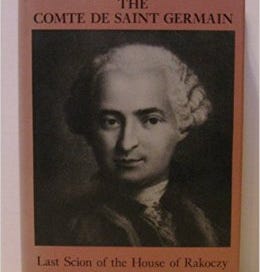


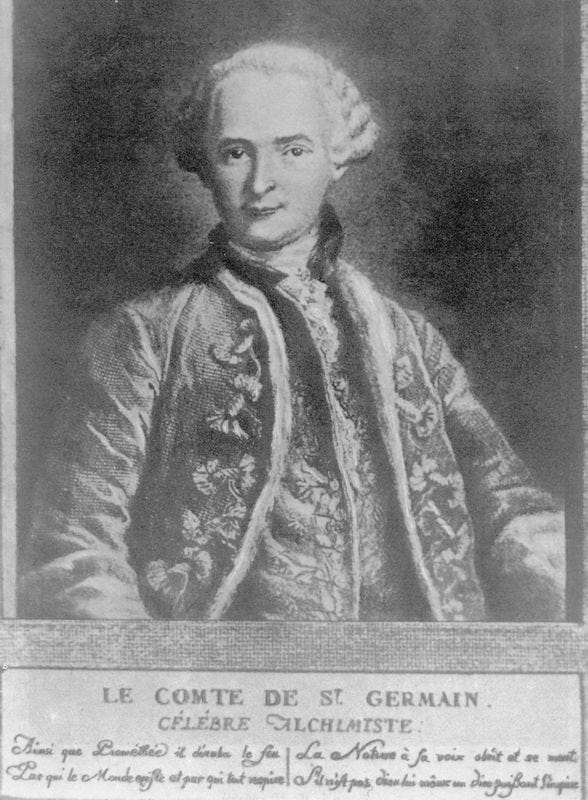
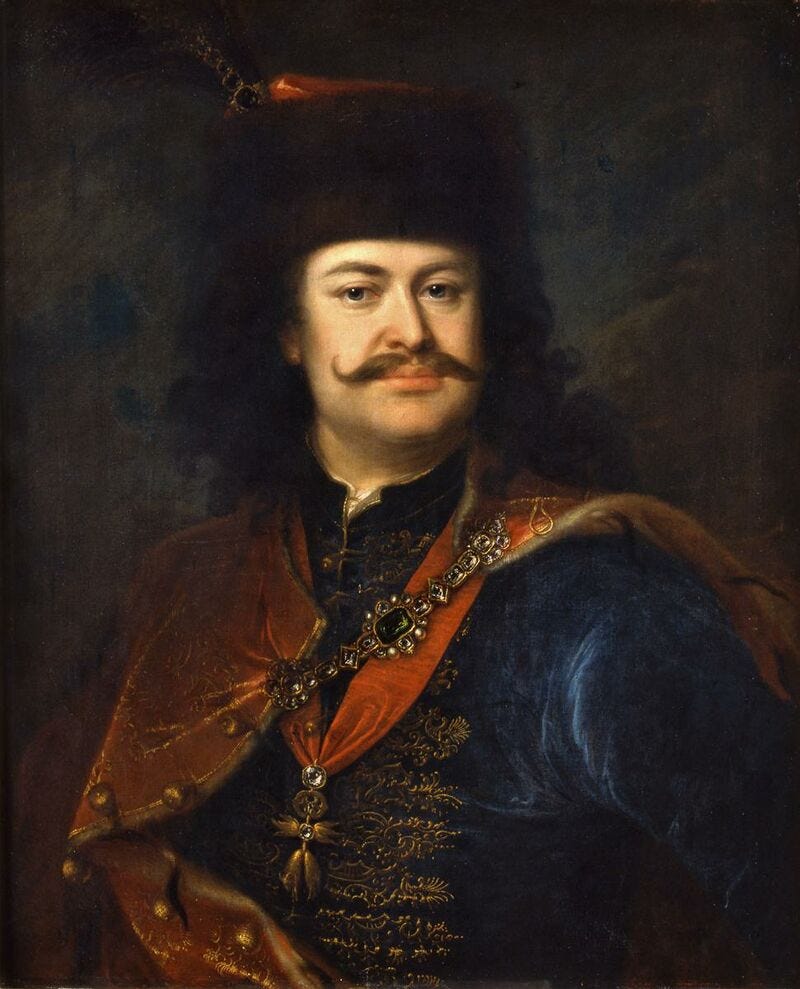
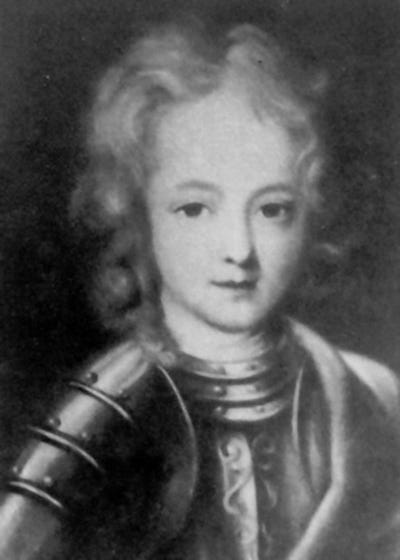

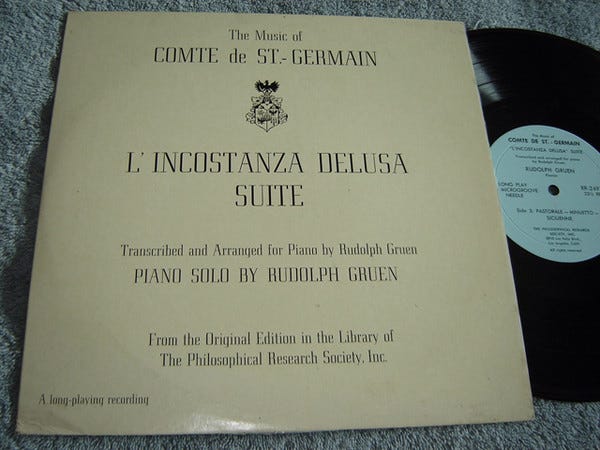
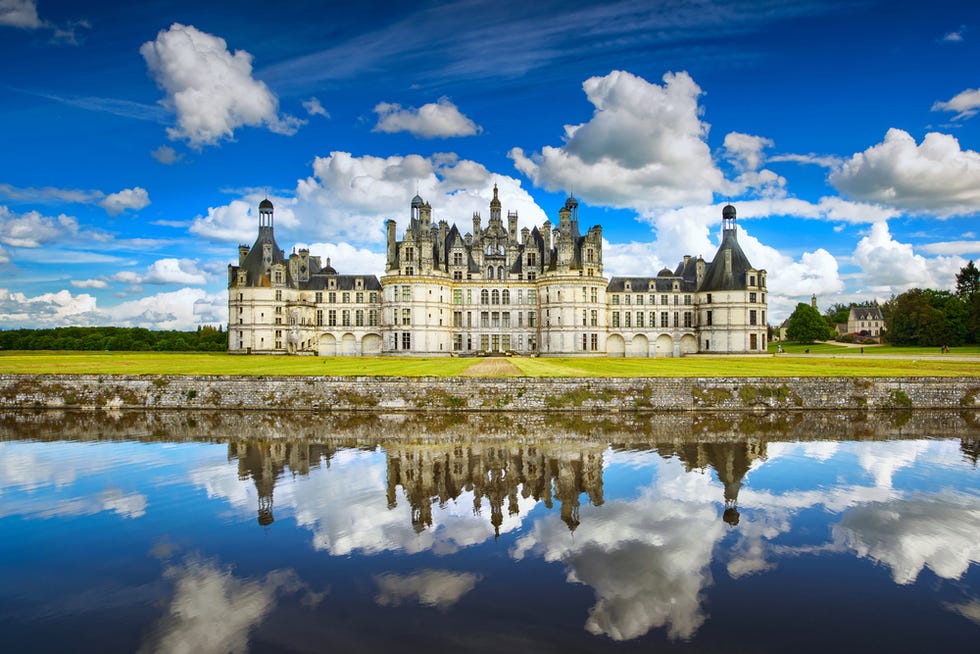

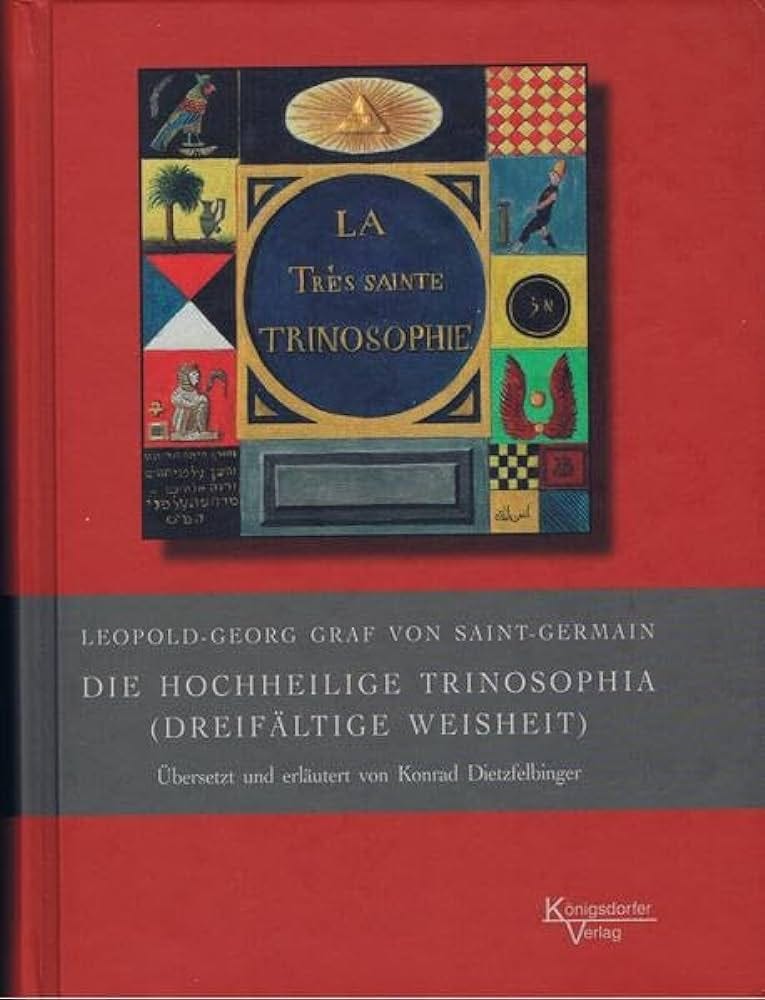
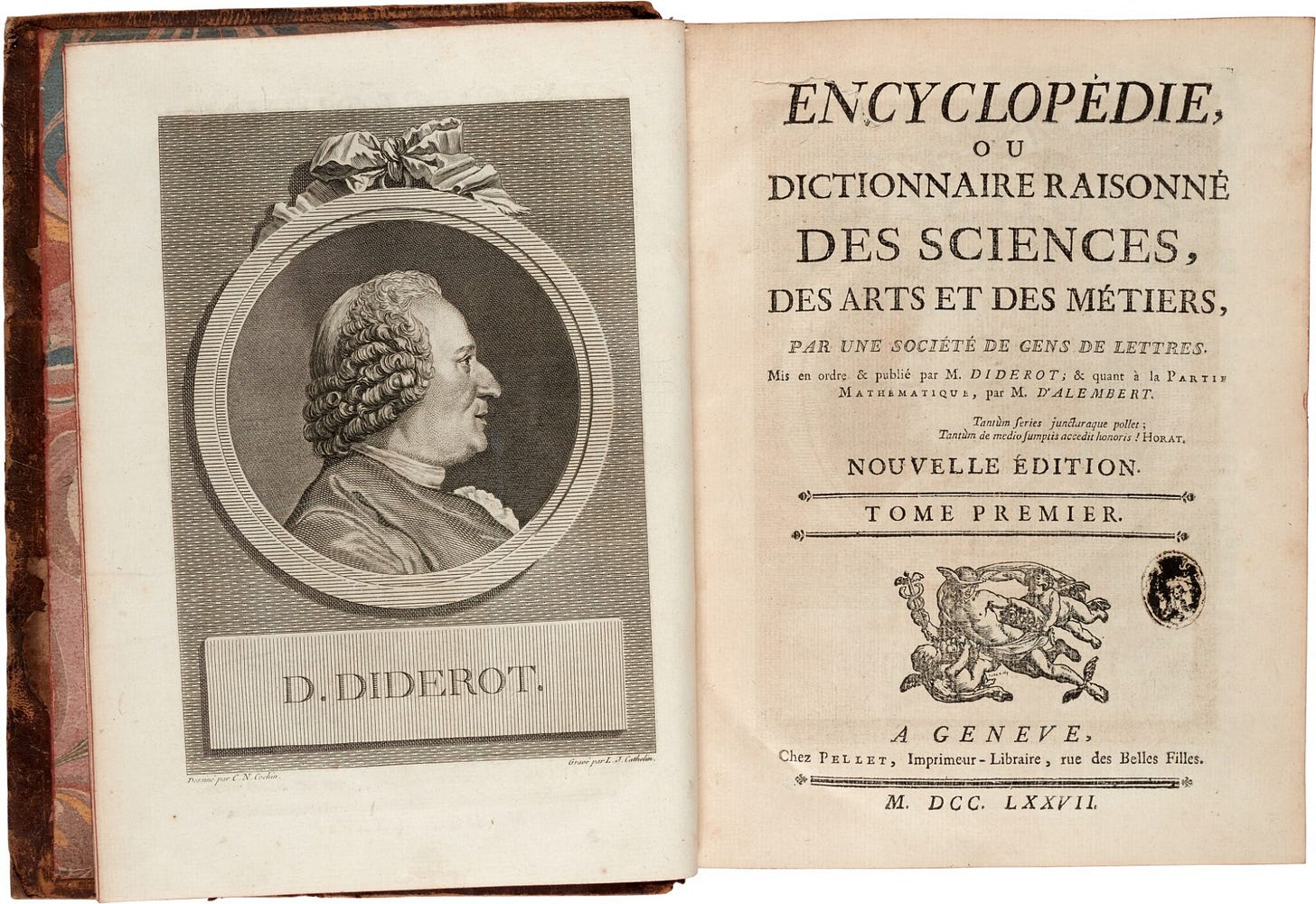

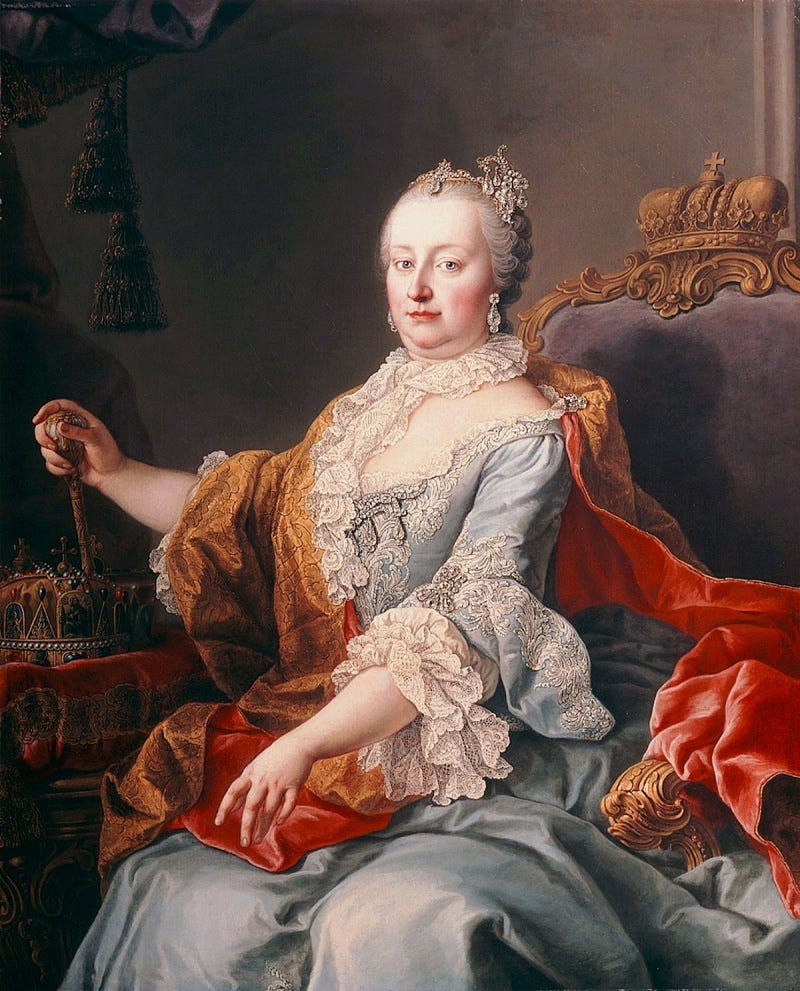

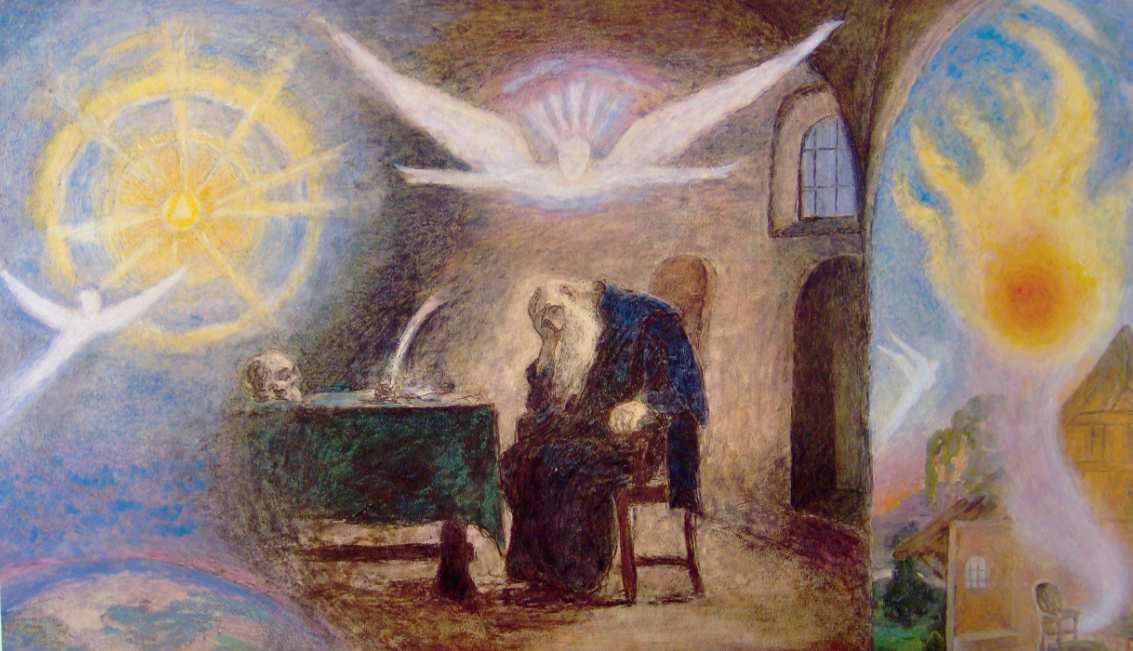
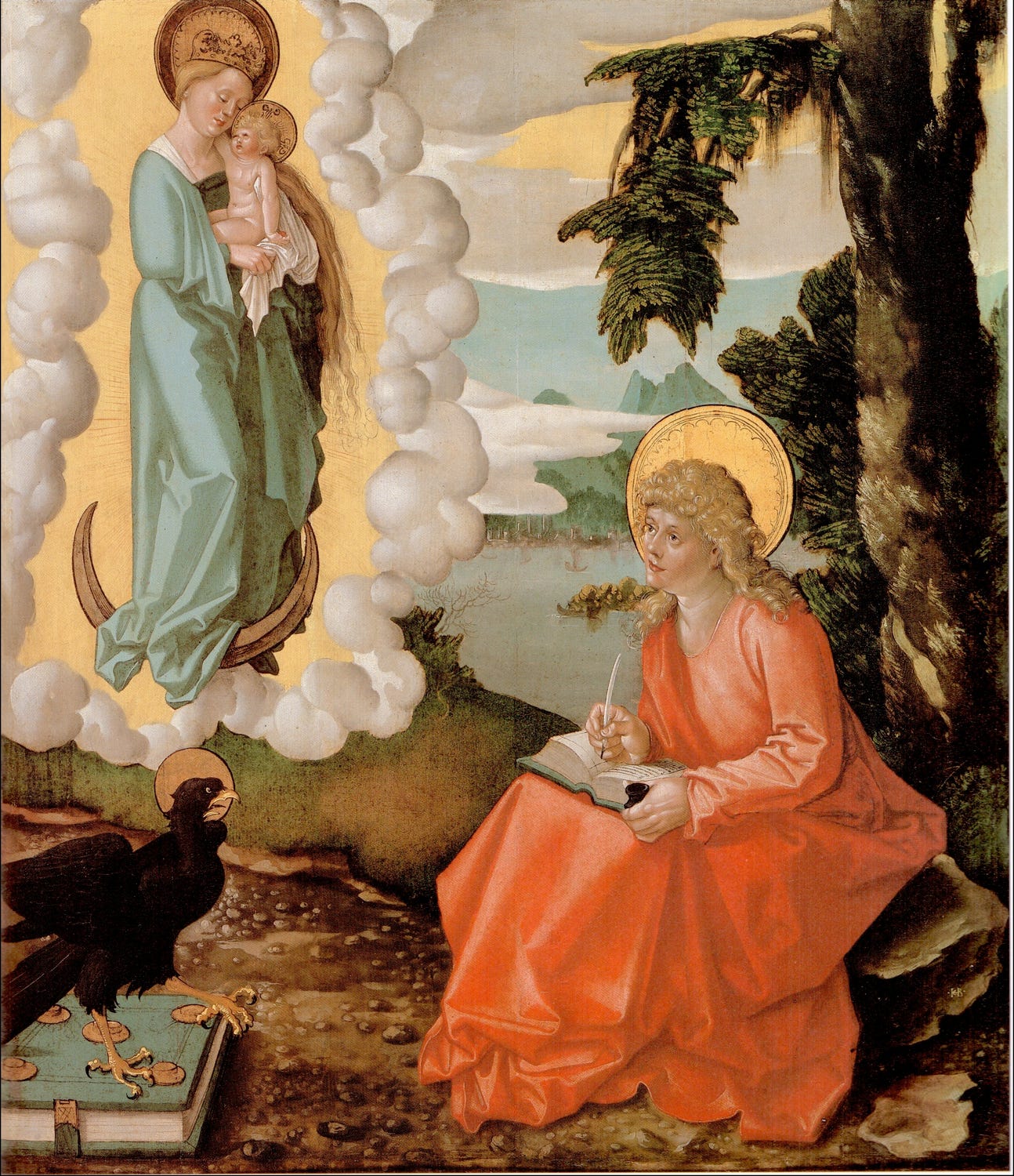
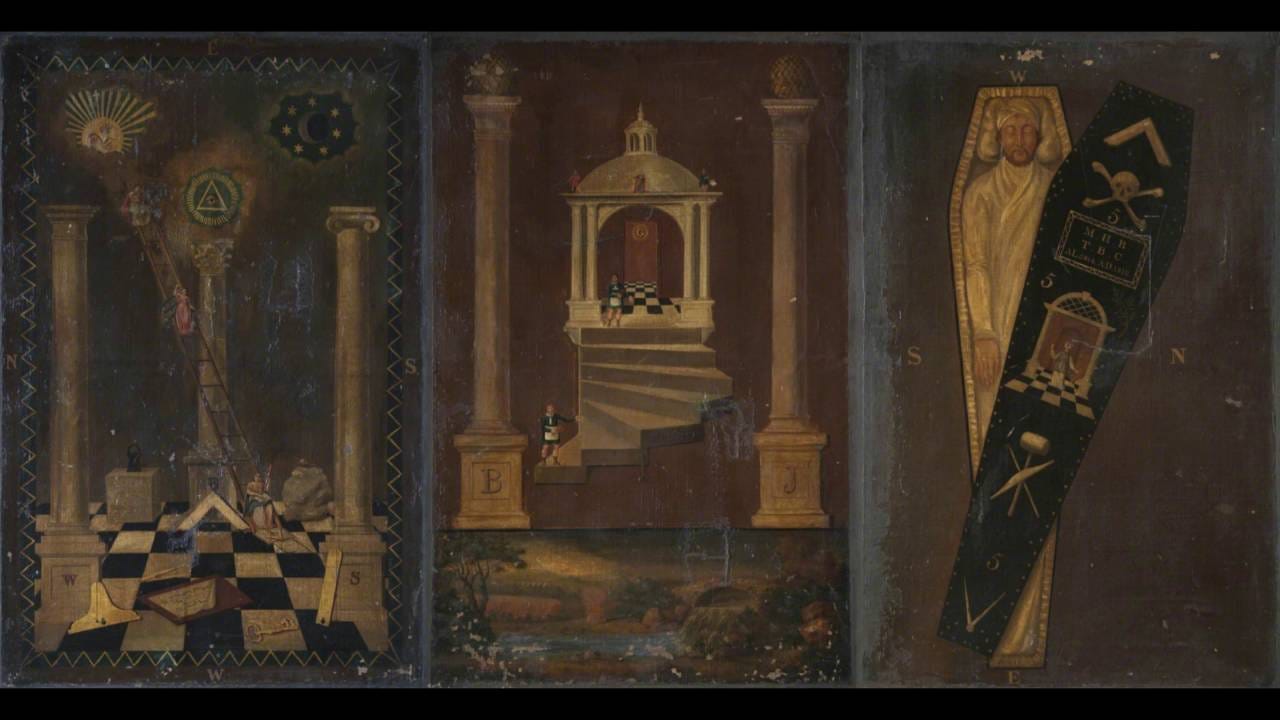

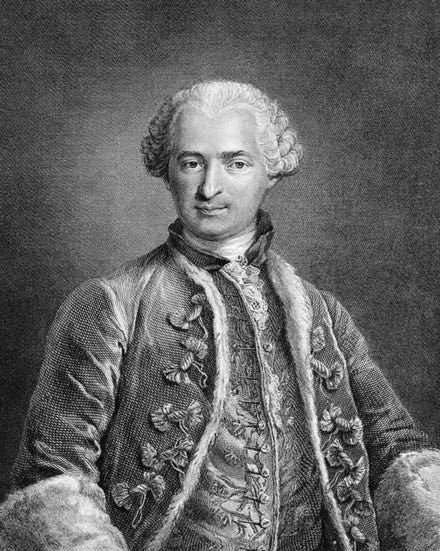
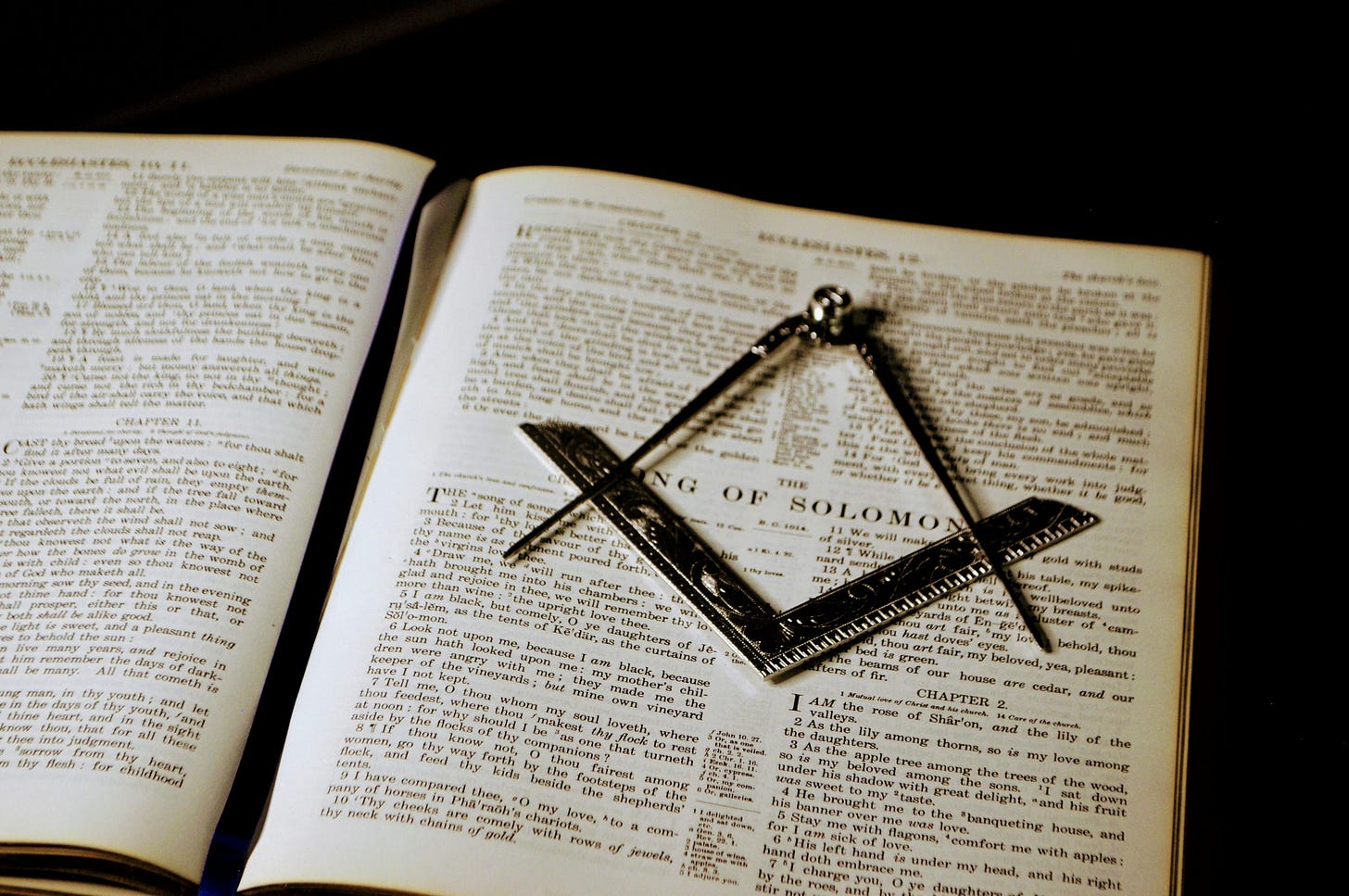
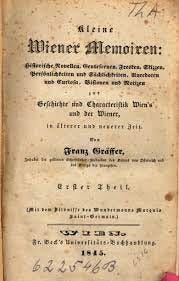
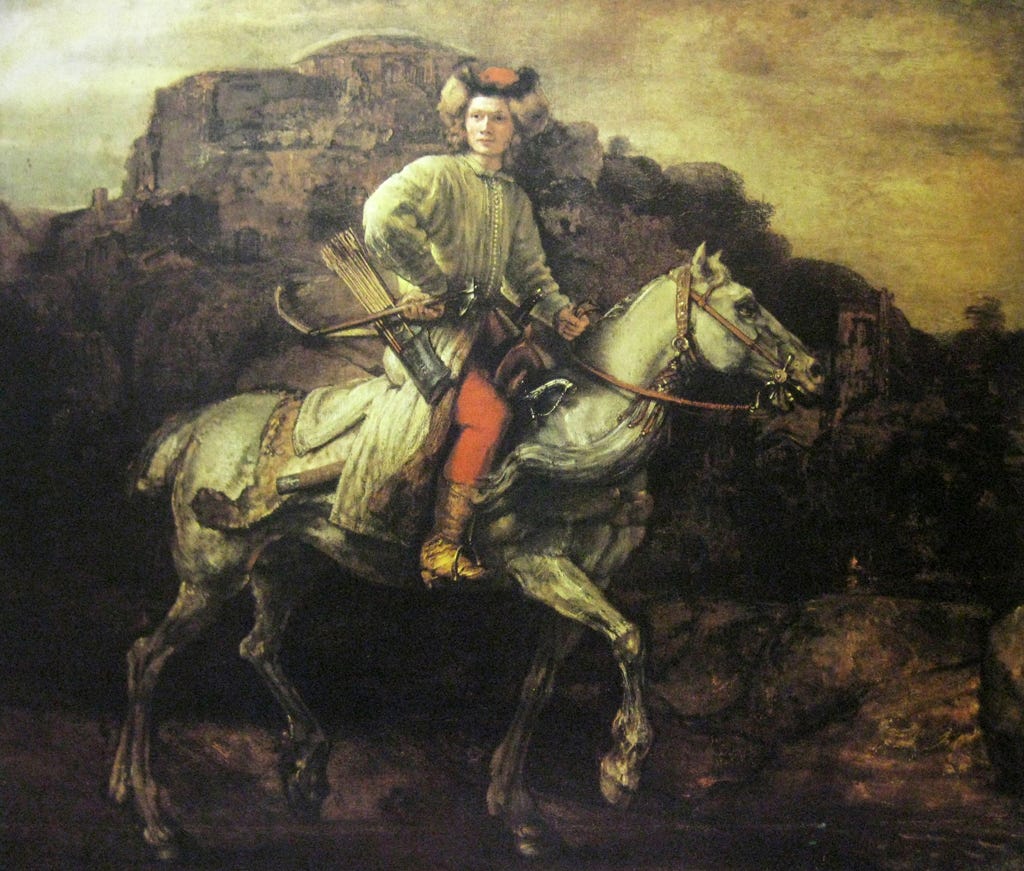
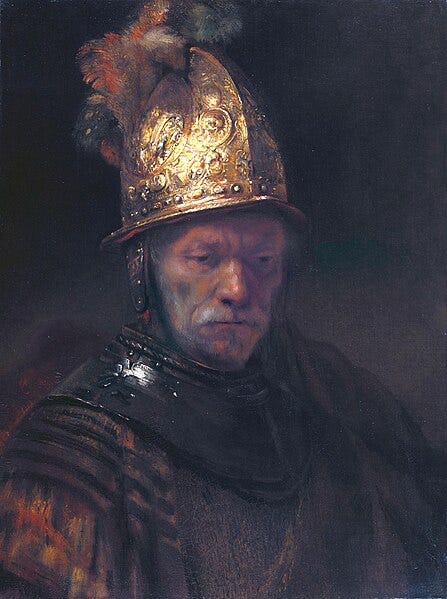

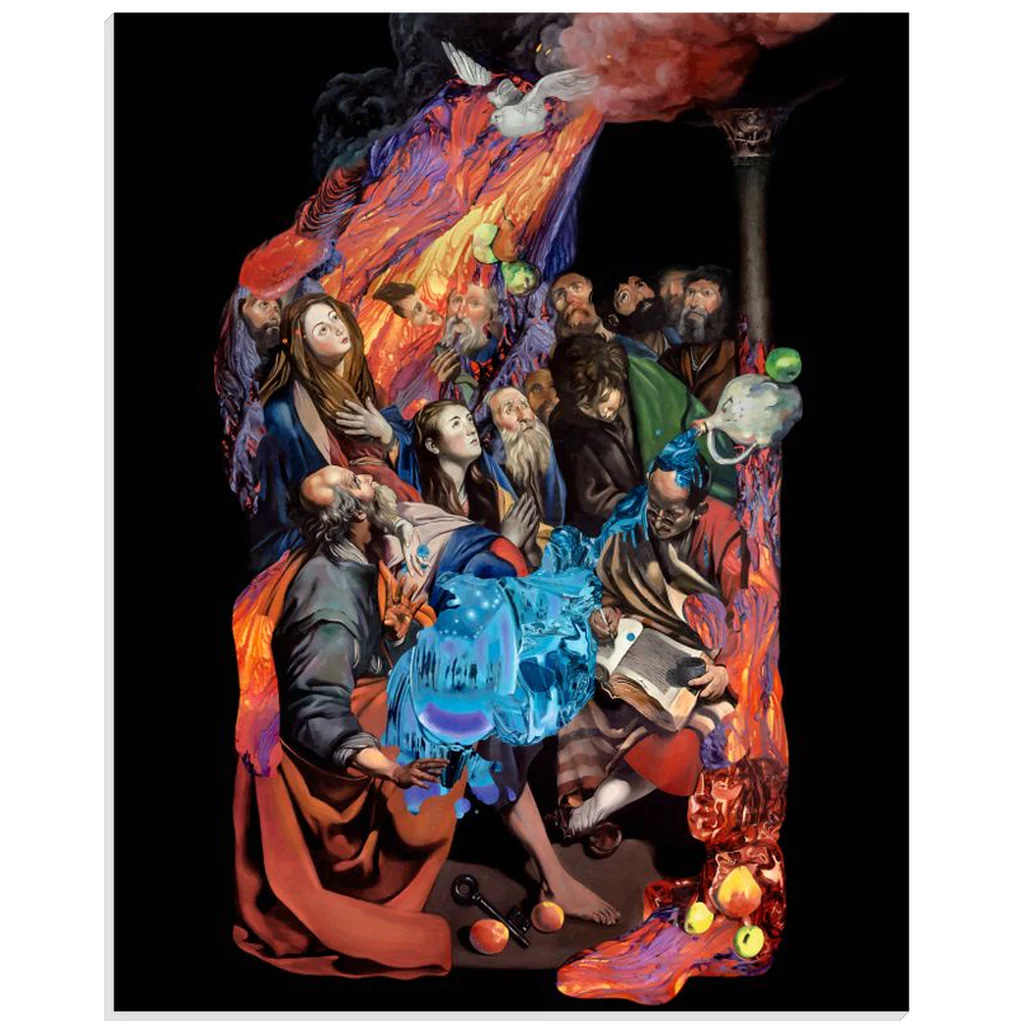
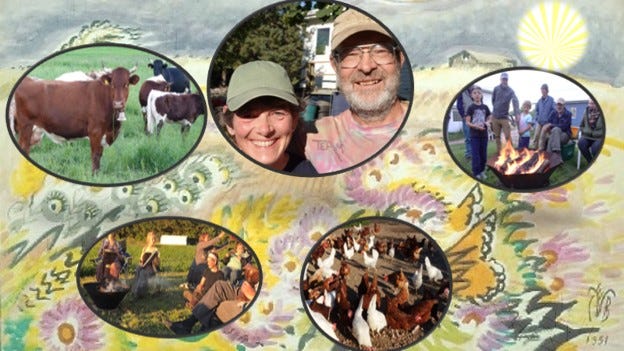
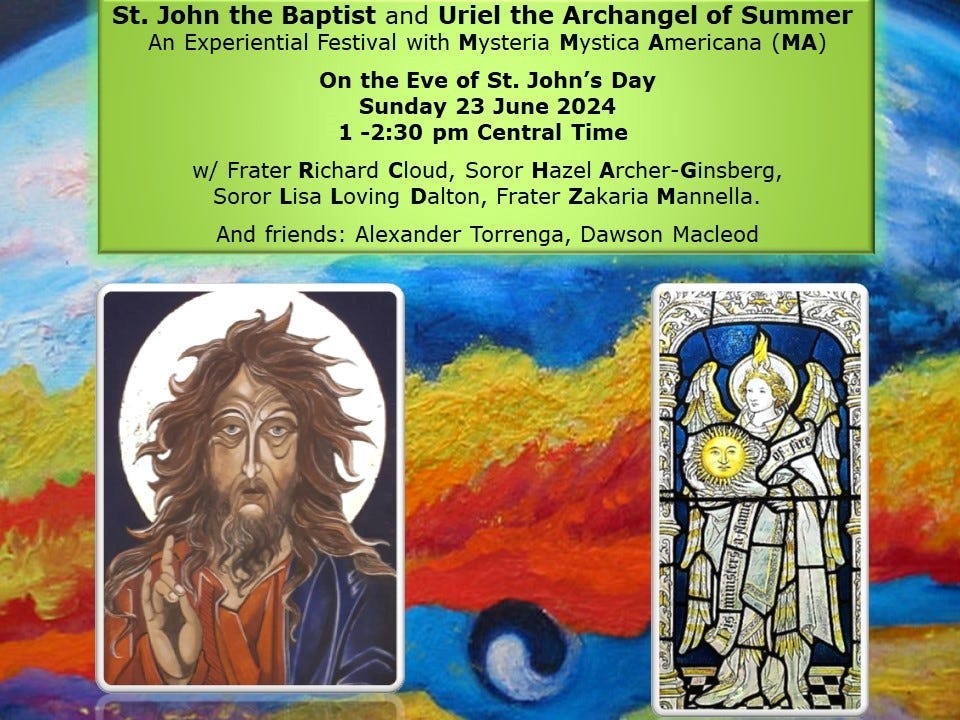

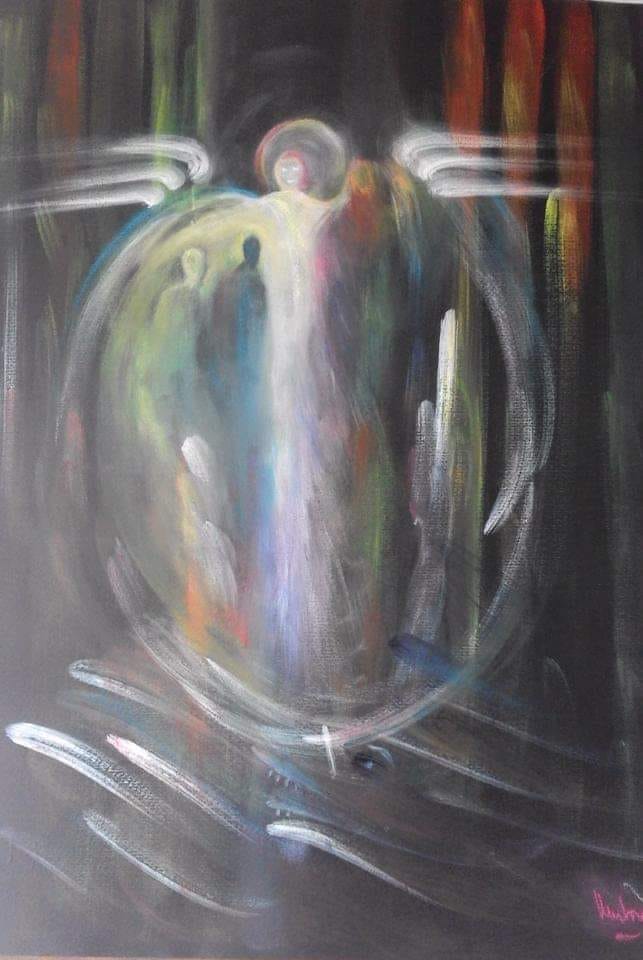
https://substackcdn.com/image/fetch/w_1456,c_limit,f_webp,q_auto:good,fl_progressive:steep/https%3A%2F%2Fsubstack-post-media.s3.amazonaws.com%2Fpublic%2Fimages%2F8484a175-cf2d-44cc-b182-6b5c7b366dc2_1024x871.jpeg
Rudolf Steiner wrote this biographical sketch in 1907. It tells of how and why the Rosicrucian wisdom, kept secret for some 1500 years, since the Council of Manes in the 4th century, had perforce to be made public because of the advent of materialism in the 19th century.
“In the early part of the fifteenth century Christian Rosenkreutz
went to the east to find a balance between the initiations of the
East and West. One consequence of this, following his return, was
the definitive establishment of the Rosicrucian stream in the West.
In this form Rosicrucianism was intended to be a strictly secret
school for the preparation of those things which would become the
public task of esotericism at the turn of the 20th century, when
material science would have found a provisional solution to certain
problems.
These problems were described by Christian Rosenkreutz as:
1) The discovery of spectral analysis, which revealed the
material constitution of the cosmos.
2) The introduction of material evolution into organic science.
3) The recognition of a differing state of consciousness from
our normal one through the acceptance of hypnotism and suggestion.
Only when this material knowledge had reached fruition in science
were certain Rosicrucian principles from esoteric science to be made
public property. Until that time Christian-mystical initiation was given to the Occident in the form in which it passed through its founder,
the `Unknown One from the Oberland’, to St. Victor, Meister Echkart,
Tauler, etc.
Within this whole stream, the initiation of Mani, who also
initiated Christian Rosenkreutz in 1459, is considered to be of
a `higher degree’; it consists of the true understanding of the
nature of evil. This initiation and all that it entails will have
to remain completely hidden from the majority for a long time to
come. For where even only a tiny ray of its light has flowed into
literature it has caused harm, as happened with the irreproachable
Guyau, of whom Friedrich Nietzsche became a pupil.
— Second Biographical Excerpt given to Edouard Schure, September 1907
Thus, the Chymical Wedding of Christian Rosenkreutz anno 1459, would evolve over some 400 years in order to be transformed to become Anthroposophical Spiritual Science. The Rembrandt painting does seem to portray a Goetheanum structure at the top, as indicated.
I am very interested in the idea of Lazarus being the richest man in Jerusalem because he is depicted so secretively in the Gospel of John, and especially in this lecture from the Hamburg course from 1908.
https://rsarchive.org/Lectures/GA103/English/AP1962/19080522p01.html
I find no evidence that Lazarus was ever rich, although he may have come from a well-to-do family of two sisters, and a scion of Bethany, Simon the Pharisee, ref. Luke 7:36-50. He had other plans, like one of his sister's, which involved other riches out of the treasury than money, which by this time had been denoted as mammon.